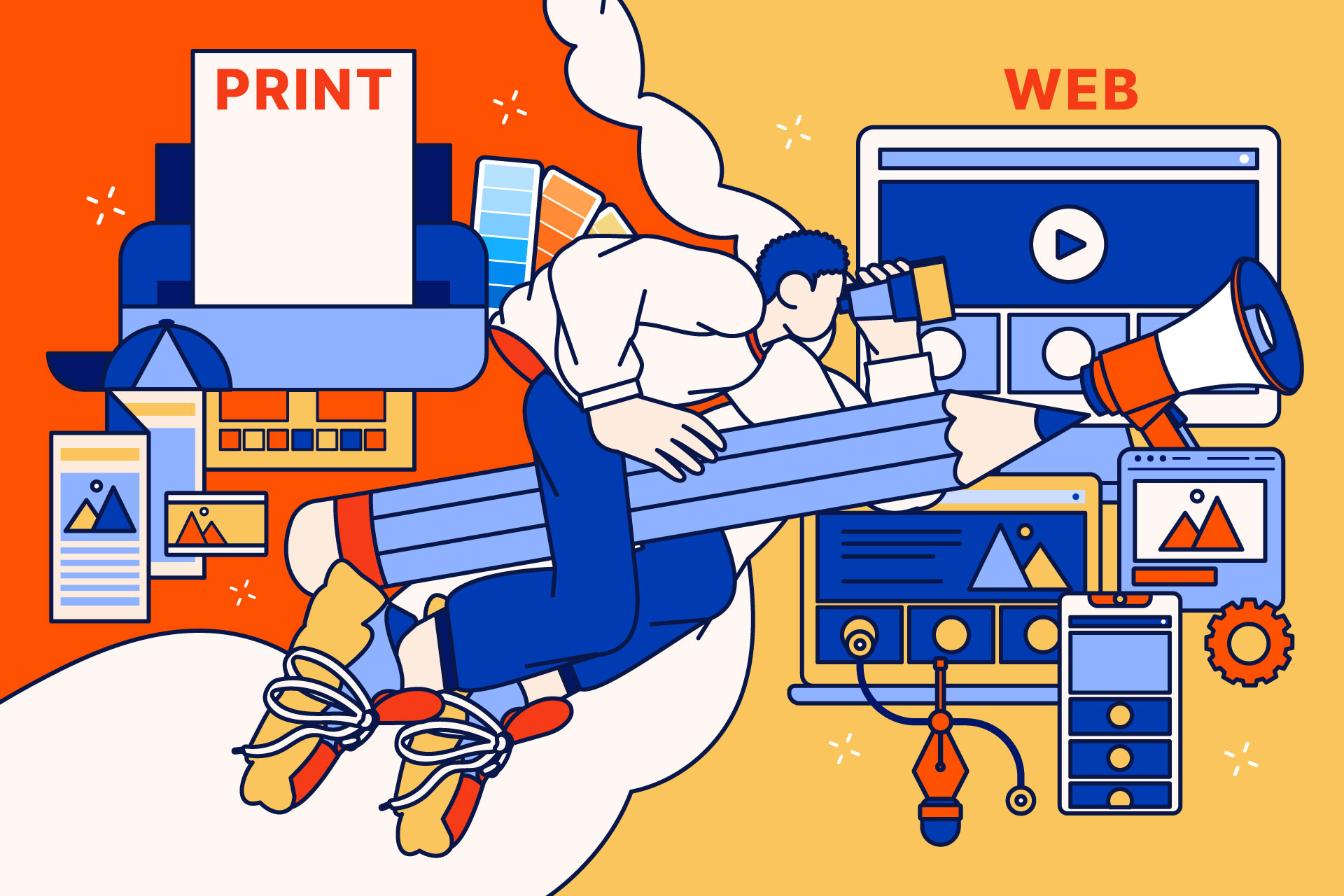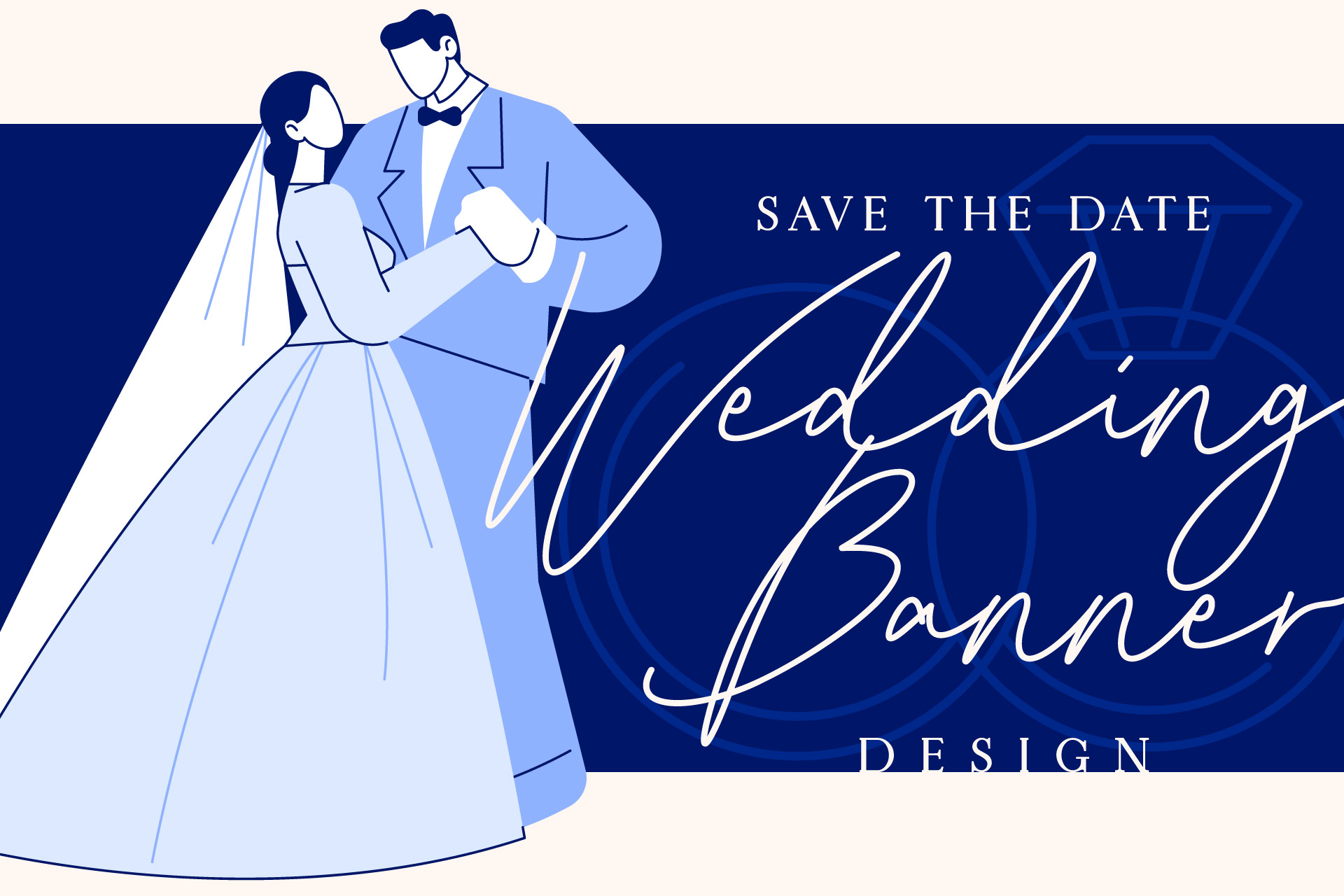Designing for Print vs the Web: 8 Biggest Differences Explained

In today’s digital age, the art of designing has bifurcated into two primary realms: designing for print and designing for the web. While both domains share foundational principles, the nuances that differentiate them are vast and intriguing.
As we delve into the world of designing for print vs the web, it becomes evident how understanding these distinctions is paramount for anyone seeking to make a mark in the multifaceted world of design.
Whether you’re a budding designer or a business looking to communicate effectively across platforms, this comprehensive guide sheds light on what sets these two design territories apart.
Table of Contents
1. Design Resolution and Quality
When it comes to design, the clarity and sharpness of images and graphics play a pivotal role. In the battle of designing for print vs the web, understanding the difference in resolutions becomes a fundamental starting point.
- Print: When it comes to print, the emphasis is on clarity. Designs must sport high resolutions, typically around 300 dpi, to ensure that each element shines through in the final printed material, be it a magazine cover or a flyer.
- Web: Web designs prioritize both clarity and speed. They generally revolve around 72 dpi to strike the perfect balance between image quality and fast loading times.
2. Color Spaces: RGB vs CMYK
Color is the soul of any design. However, the way colors are rendered on a screen differs greatly from how they appear when printed. This section will explore the contrasting color spaces used in print and web design.
- Print: The CMYK color model is the go-to for print, blending inks to produce vibrant and consistent hues.
- Web: Digital design, on the other hand, thrives on the RGB color model, using light combinations to dazzle viewers.
3. Typography and Readability
Typography is more than just choosing a font; it’s about ensuring information is readable and aesthetically pleasing. Designing for print vs the web introduces diverse challenges and considerations concerning typography.
- Print: In print, a vast array of fonts awaits, allowing for perfect readability and aesthetic appeal across various sizes.
- Web: The web demands consistency. Web-safe fonts ensure your content appears uniformly across different browsers, and with evolving digital tools, the choices and flexibility have only grown.
4. Interaction and User Experience
While print designs are static, web designs are dynamic and interactive. This interaction, inherent to web designs, necessitates designers to think about user experience and engagement.
- Print: A static and immutable entity, print design sets its message in stone once released.
- Web: The world of web design is dynamic, complete with buttons, animations, and interactive elements that beckon user engagement.
5. Layout and Scaling
Every medium has its unique canvas. The physical constraints of a printed page vary dramatically from the fluidity of a digital screen. As we navigate through designing for print vs the web, understanding how layouts adjust to these differing dimensions is paramount.
- Print: Print layouts are consistent, maintaining their size and structure regardless of where they’re viewed.
- Web: Web designs are fluid, adapting seamlessly across devices, ensuring content is always displayed at its best.
6. File Formats and Flexibility
The end goal of a design project influences the file format used. Different formats serve unique purposes, especially when distinguishing between print and web outputs.
- Print: Formats such as .PDF, .EPS, and .TIF dominate the print world, ensuring designs are ready for their final imprint.
- Web: For the web, formats like JPEG, PNG, and GIF come into play, balancing clarity with speed.
7. Tools and Software
In the expansive world of design, the tools you choose can significantly influence the outcome. Different tasks necessitate different tools. When it comes to designing for print vs the web, the software can dictate the ease, efficiency, and effectiveness of the design process.
- Print: Tools like Adobe InDesign and Illustrator are print stalwarts, helping craft tactile masterpieces.
- Web: For digital designs, software like Adobe XD, Sketch, and Figma offer streamlined solutions, ensuring designs are both functional and beautiful.
8. Lifespan and Updates:
Designs too have their life cycles. Print designs, once circulated, remain static, while web designs can continually evolve with the latest design trends, reacting to user feedback and technological advancements.
Here, we delve into how these lifespans and the ability (or inability) to update impact both domains.
- Print: Once printed, it’s a final masterpiece, unchanging and timeless.
- Web: Digital platforms offer a realm of adaptability, allowing for constant updates and evolutions in design.
The Key Differences For Designing for Print vs the Web
Grasping the intricacies of print and web design is instrumental for anyone diving into the visual world. Whether you’re aiming to hire a graphic designer or looking to collaborate with an on-demand design agency, understanding these nuances ensures a successful outcome.
In the contrasting terrains of static print and dynamic web, each holds its charm, challenging designers to craft resonating masterpieces.
Remember, design, whether tangible or digital, is a brand’s silent envoy, so make every stroke count.
What are the main differences between designing for print and the web?
Designing for print focuses on static layouts, CMYK color models, and high-resolution graphics, while web design prioritizes responsive layouts, RGB color schemes, and web-friendly resolutions.
Why is the color model important in print vs. web design?
Print design uses the CMYK color model suited for physical printing, whereas web design uses the RGB model optimized for screen displays.
Do design tools differ for print and web design?
Yes, while some tools like Adobe Illustrator or Photoshop can be used for both, certain tools specialize in print (like InDesign) or web (like Sketch or Figma).
How does layout design differ between print and the web?
Print layouts are fixed, with designs set for specific dimensions. Web layouts are fluid, adjusting to various screen sizes and devices.
Is resolution crucial in print and web design?
Absolutely. Print designs require higher resolutions (usually 300 dpi or more) for clarity, while web designs prioritize lower resolutions for faster loading.
How often should web designs be updated compared to print designs?
Web designs often need regular updates due to changing web standards and user preferences. Print designs, once printed, remain static until a new print is made.
Which is more cost-effective: designing for print vs the web?
Web design can offer more flexibility and immediate updates, often leading to long-term cost-effectiveness. However, print has tangible value, and costs are associated with physical production.
Whether it’s pixels or print, TripleGrowth has got you covered! Mastering both realms, we bring your design dreams to life seamlessly. Get in touch with us today.



